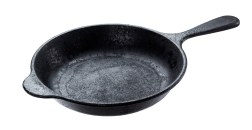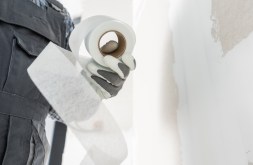Advanced Strategies for Enhancing USTA Serve Control

The serve is one of the most crucial shots in tennis, and having control over your serve can greatly improve your performance on the court. In the United States Tennis Association (USTA), serve control is a key factor in achieving success. In this article, we will explore advanced strategies that can help you enhance your USTA serve control.
Mastering the Basics
Before diving into advanced techniques, it is essential to have a strong foundation in the basic elements of a good serve. These include grip, stance, toss, and body alignment. A proper continental grip allows for maximum flexibility and control over the racket face during contact with the ball.
Stance plays a vital role in generating power and balance. The platform stance is commonly used for better stability during serves. The toss should be consistent and placed slightly in front of your hitting shoulder to ensure optimal contact with the ball.
Body alignment is essential for accurate serves. Keep your body sideways to the net while serving, with your non-dominant foot pointing towards the net post. This position allows for better weight transfer and follow-through.
Developing Consistency through Practice
Consistency is key when it comes to mastering serve control. Regular practice sessions focused on developing muscle memory will greatly enhance your ability to hit precise serves consistently.
One effective drill is target practice using cones or markers placed strategically in different areas of the service box. Aim for these targets while maintaining proper technique and form. Start with larger targets initially and gradually decrease their size as you improve.
Another useful exercise involves hitting serves from various positions on the court – wide serves from both sides, down-the-T-line serves, and body serves aimed at restricting opponent’s movement options. Practicing these variations will not only improve accuracy but also provide you with different strategies during matches.
Utilizing Spin Variations
Adding spin to your serves can be a game-changer, as it makes returns more challenging for your opponents. Two common spin variations used in tennis are topspin and slice.
Topspin serves have a downward brush on the back of the ball, causing it to dip sharply after crossing the net. This spin variation is effective in keeping the ball low and deep, making it difficult for opponents to attack.
On the other hand, slice serves involve brushing the ball from left to right (for right-handed players) or right to left (for left-handed players). This spin causes the ball to curve away from your opponent, making it harder for them to return with precision.
Experiment with different spin variations during practice sessions and incorporate them strategically into your matches to keep opponents guessing and off-balance.
Mental Preparation and Focus
Serving under pressure can be challenging, but mental preparation plays a crucial role in maintaining serve control during crucial moments. Develop pre-serve routines that help you stay focused and calm.
Visualization is an effective technique used by many professional tennis players. Before serving, visualize yourself executing a perfect serve with precision and control. This mental rehearsal helps build confidence and prepares your mind for success.
Additionally, staying focused on each individual serve rather than dwelling on previous mistakes or future outcomes is essential. Concentrate on executing proper technique and hitting your targets consistently without getting distracted by external factors or negative thoughts.
In conclusion, enhancing USTA serve control requires mastering the basics, developing consistency through practice, utilizing spin variations strategically, and maintaining mental focus during crucial moments. By incorporating these advanced strategies into your training routine, you will undoubtedly see improvements in your serve control on the court.
This text was generated using a large language model, and select text has been reviewed and moderated for purposes such as readability.





